I've given traditional Greek Moussaka a vegan makeover using lentils and mushrooms in place of mince and a plant based béchamel sauce. Get the recipe below
Traditional Greek Moussaka
A traditional moussaka would be made up of 3 key components; a slow-cooked lamb (or beef) ragu, layers of fried aubergine and creamy béchamel sauce. It's one of the most popular dishes in Greece, and is served in almost every tavern, and every household on special occasions and family gatherings. It's a real labour of love which is probably why it's made for celebrating with friends and family.
There are other versions of Moussaka made across Europe and the Middle East. Sometimes potatoes are used instead of or in addition to aubergines, and pork or veal are sometimes used instead of lamb or beef mince. The top layer might be made with a yogurt based topping that has been set with egg.
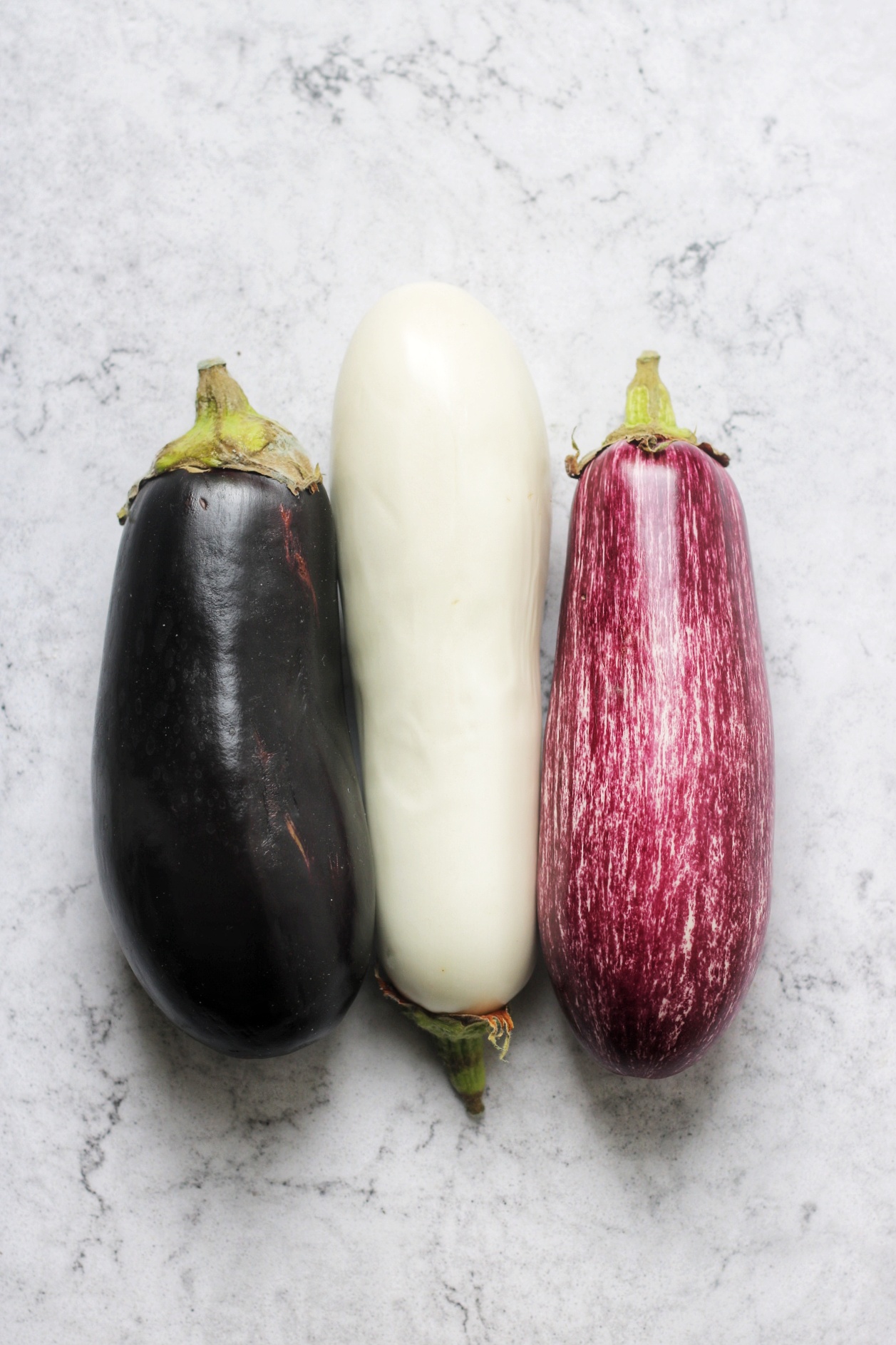
How to make Vegan Greek Moussaka
Mushroom and lentil ragu
The first thing we need to make for this Vegan Moussaka is the lentil and mushroom ragu. You can choose any mushrooms you like but I prefer chestnut mushrooms. They have the perfect flavour and texture for this dish, especially when combined with the puy lentils. You can buy puy lentils already cooked in tins or pouches. I use the Merchant Gourmand puy lentil pouches as they are the perfect size and still have a good bite to them. Cheaper tinned lentils are often larger and more mushy.
If you don't want to use lentils or mushrooms you can use meat-free mince instead.
I make the ragu with tinned tomatoes, red wine and herbs and spices. The saying goes "never cook with a wine you wouldn't drink". But, that being said, you don't need to buy a bottle that will break the bank. I'd recommend using a medium-bodied red. If you're new to vegan cooking then be mindful that not all wine is vegan. Always check the label!
Aubergine layers
To create the layers that are essential for a moussaka I use baked aubergine. Although it may be more authentic to fry the aubergine, I actually find that the texture and flavour are pretty much the same, regardless of which method you use. The more important part of preparing the aubergines is salting them and letting them rest. Doing this draws out some of the bitterness, making them sweeter in the final dish.
Many recipes also call for potato slices but I find the final dish much heavier and you end up using less aubergine which is a flavour that I love. If you did want to add potato to your moussaka then I think they work best as the base layer. Bake them along with the aubergine slices and use them in much the same way when you assemble your dish.
Plant based béchamel sauce
It might seem strange to be referring to a French sauce in a quintessentially Greek recipe but modern Greek cooking is heavily influenced by famous chef Nikolaos Tselementes who introduced new elements from French cuisine. To make a classic, French béchamel sauce you first melt butter, add flour to form a roux, cook this mixture into a thick paste, and then slowly add in milk, stirring continuously until you have a velvety smooth sauce.
Of course butter and milk are not vegan so I use a vegan block "butter" and soy milk. The reason I use block butter is that it has a lower water content which produces a richer, more creamy sauce. You can use any dairy-free milk that you like but I find soy milk is closest in texture to cows milk.
Some Greek Moussaka recipes thicken the béchamel sauce with egg. I add a little silken tofu as it helps to thicken the sauce and makes this vegan béchamel extra lucious and decadent.
Sprinkling dairy-free cheese on the final dish is optional. Rather than using a vegan cheese that is designed to melt, like Applewood or Violife, I like to use vegan Parmesan but the choice is yours!
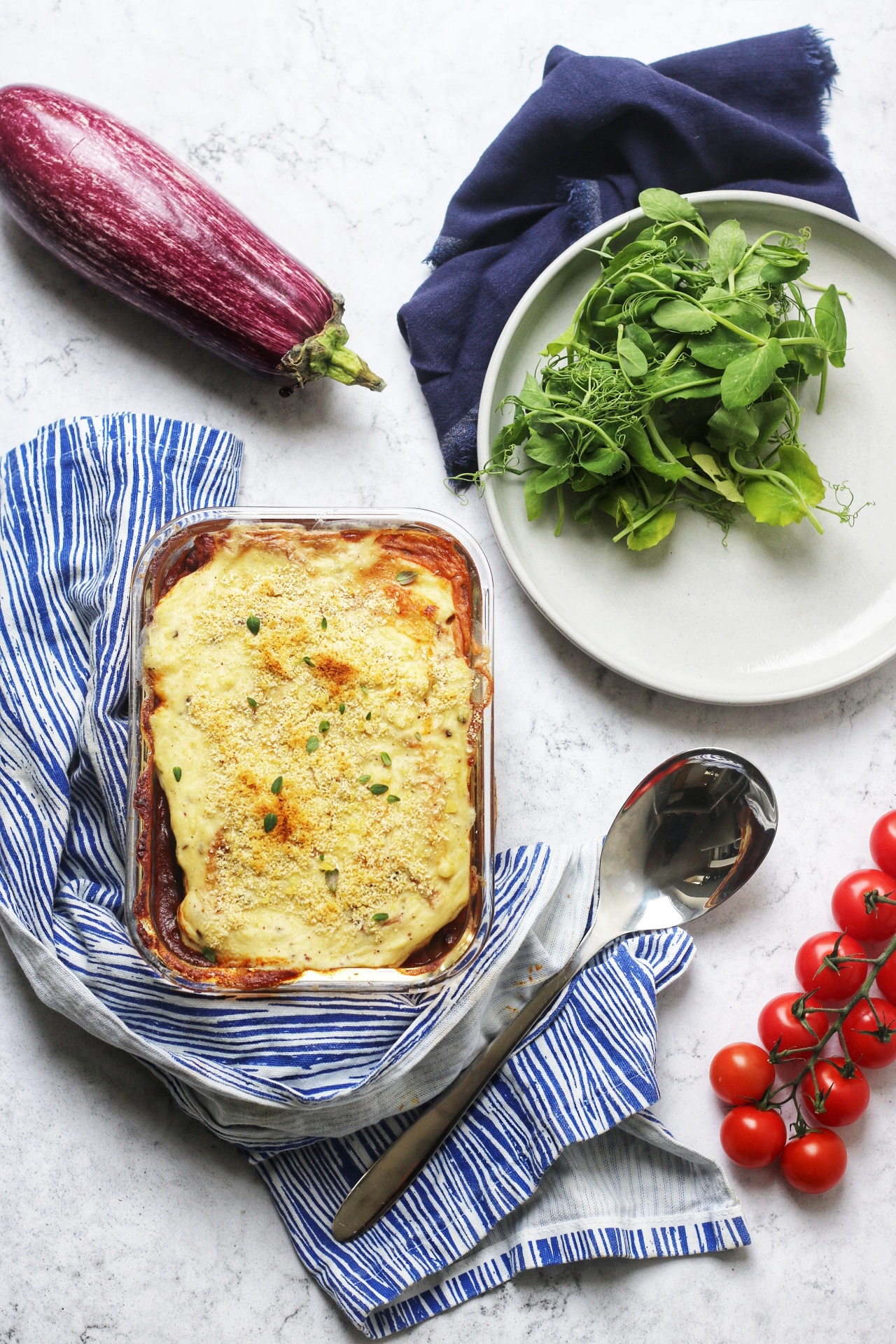
Make ahead
If you like to have a well stocked freezer and like to batch cook, then this recipe freezes really well. I do all of the preparation, even assembling it in an oven dish, then wrap it well and place int he freezer. You can cook this from frozen (double the cooking time) or defrost before placing into the oven.
The Recipe
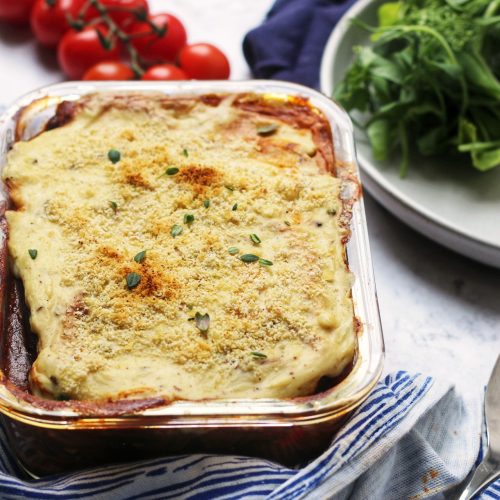
Vegan Greek Moussaka
Ingredients
For the baked aubergine
- 2 large aubergines cut into thin slices
- 1 pinch salt
- 1 tablespoon olive oil
For the lentil and mushroom ragu
- 2 tablespoon olive oil
- 1 white onion diced
- 1 clove garlic minced
- 1 bell pepper diced
- 0.5 tablespoon dried rosemary
- 0.5 tablespoon dried thyme
- 0.5 teaspoon cinnamon
- 0.25 teaspoon all spice
- 500 grams puy lentils pre-cooked
- 200 grams mushrooms finely diced
- 150 ml red wine
- 400 grams chopped tomatoes
- 150 ml vegetable stock
For the vegan bechamel sauce
- 60 g non-dairy butter
- 60 g plain flour
- 500 ml soy milk
- 150 g silken tofu
- 0.5 teaspoon ground nutmeg
- Salt and pepper to taste
Instructions
- Preheat oven to 190C / 375F / gas mark 5.
- Sprinkle the sliced aubergine with salt and place onto kitchen towel for half an hour to absorb any liquid that the salt draws out.
- Lay the aubergine slices on to a baking sheet and drizzle with olive oil. Bake in the centre of the oven for 10-15 minutes until soft.
- In the meantime, in a large flat-bottomed sauce pan, fry the onion in the olive oil for 5 minutes or until starting to soften. Add the diced peppers and cook for another 5 minutes until the peppers are also beginning to soften and the onions are translucent.
- Next add the garlic, dried herbs and spices, and puy lentils to the pan and cook for 2 minutes before adding in the mushrooms. Cook for 10 minutes until the mushrooms have released their liquid and it has evaporated away.
- Add the red wine to the pan, followed by the tinned tomatoes and stock, then simmer while you make the bechamel sauce.
- Place the non-dairy butter in a saucepan and warm gently until melted. Add in the flour to create a roux and cook on a medium heat for 1 minute, stirring well to make sure it forms a smooth paste.
- Remove the pan from the heat and add just a few drops of the soy milk at a time, beating to incorporate it well each time. Make sure you only add the smallest amount of milk at a time otherwise lumps will form.
- As the roux goes from a thick paste to a thick sauce you can add the milk in larger quantities.
- Once half of the milk has been added blitz the remaining milk together with the silken tofu in a blender until it's completely smooth.
- Pour the soy milk / silken tofu mix into the pan and stir until fully incorporated. Let this simmer until it is thick like custard.
- Once all of your components have been cooked, you can begin to assemble the dish. Start by layering a few slices of aubergine in the base of your oven dish. Next spoon over some of the lentil and mushroom ragu. Repeat until all of the aubergine and ragu has been used up.
- Finish by topping the dish with the bechamel sauce.
- Bake in the oven for 45 minutes or until the top is golden brown.
Notes
Looking for an aubergine alternative?
If you can’t get hold of aubergine don’t be tempted to go back to using potato in between each layer of sauce. Instead opt for courgette. You’ll need more slices as they are smaller than aubergines but you won’t compromise on taste or calories.Is your topping cooking too quickly?
If you find topping is cooking too quickly (which can happen in electric ovens which are heated from the top) cover the dish with tin foil and only take it off in the last 5 mins.Nutrition
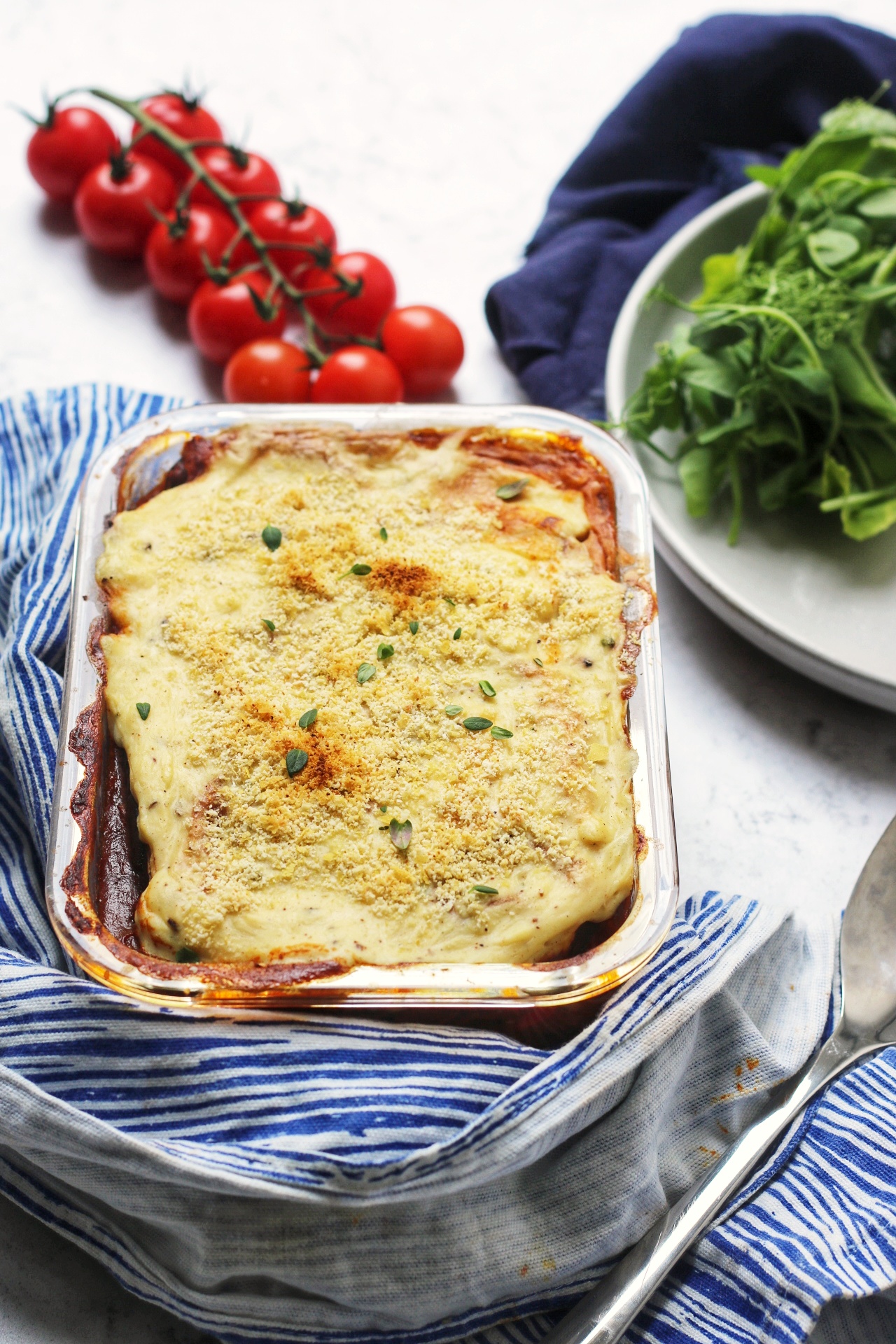
Serving suggestions
This Vegan Moussaka is vest served warm and not piping hot. Why? By letting it sit a little while after it's taken out of the oven you give the ingredients a chance to settle in together, making it much easier to serve the perfect piece with all the layers in tact.
Enjoy with steamed green veggies or a fresh green salad.
Love your leftovers
My Vegan Moussaka re-heats really well. Much like lasagne, I'd even go so far as to say it tastes better the next day! If you have any leftovers then cover them well and keep in the fridge for up to 2 days. I prefer to re-heat in the oven but you can also use the microwave. If re-heating in the oven, keep it covered until 5 minutes before it's ready to serve as the béchamel may otherwise burn.
More main courses
You can sort through the recipes on my blog using the categories in my Recipe Index. Whether you're looking for recipes for a specific diet, for the current season, or for a special occasion, the Recipe Index is the place to start. You can also sort by meal. For more main courses check out the Dinner category.
Here are some of my favourite main courses.
Enjoy!

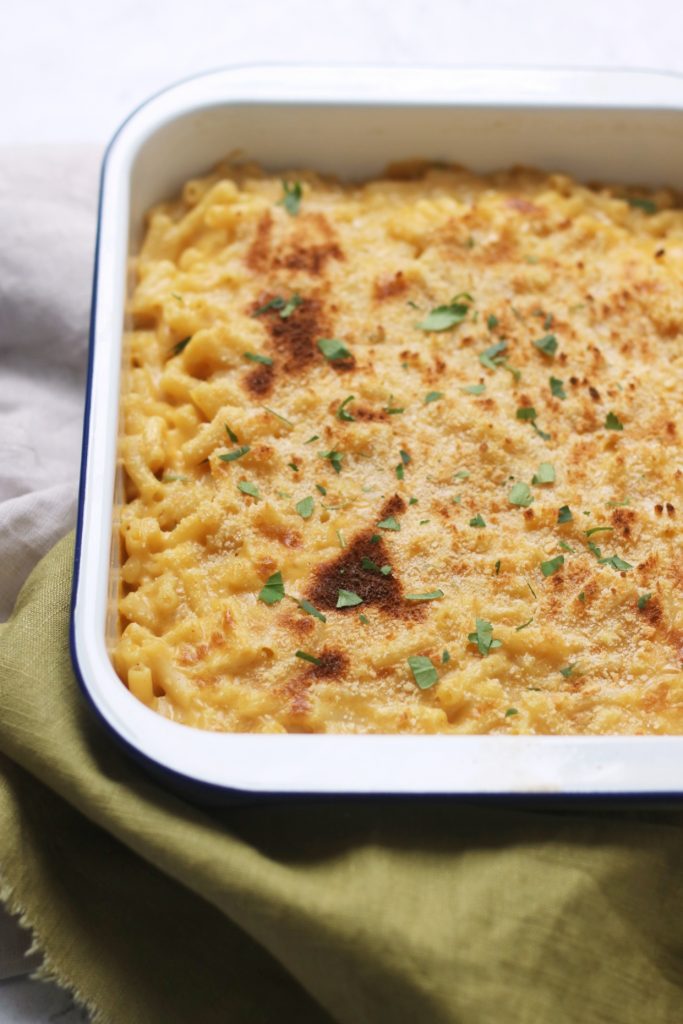
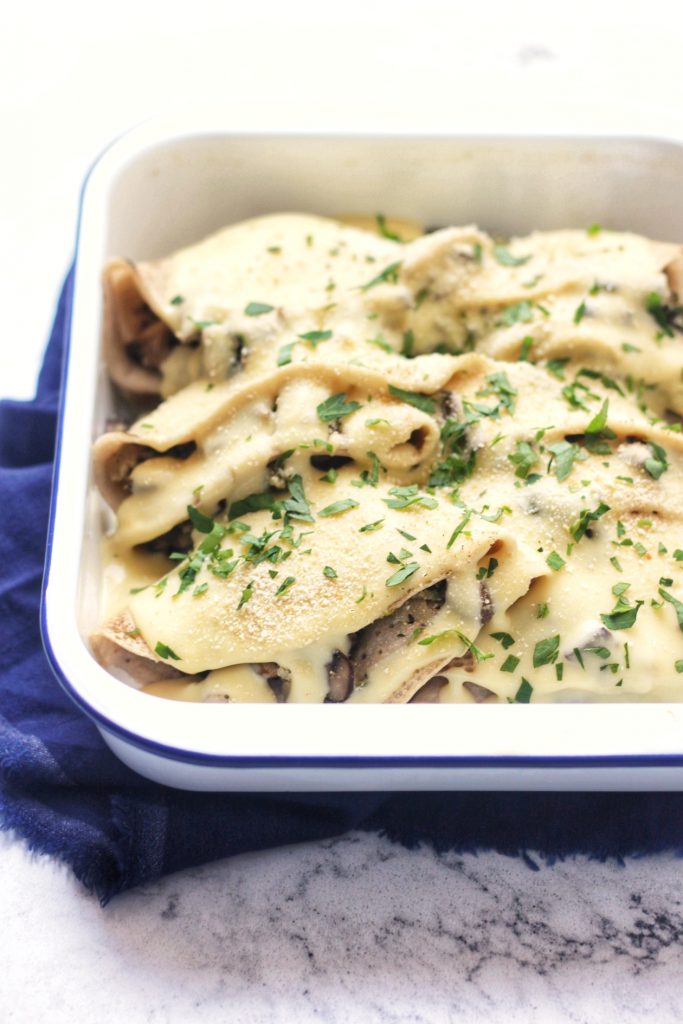
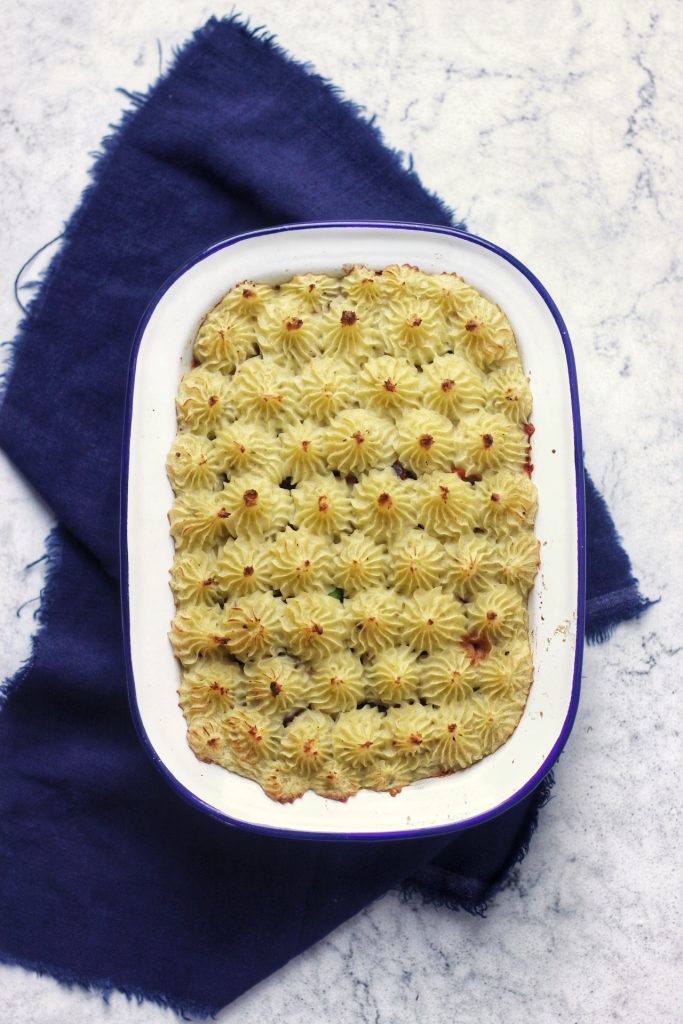
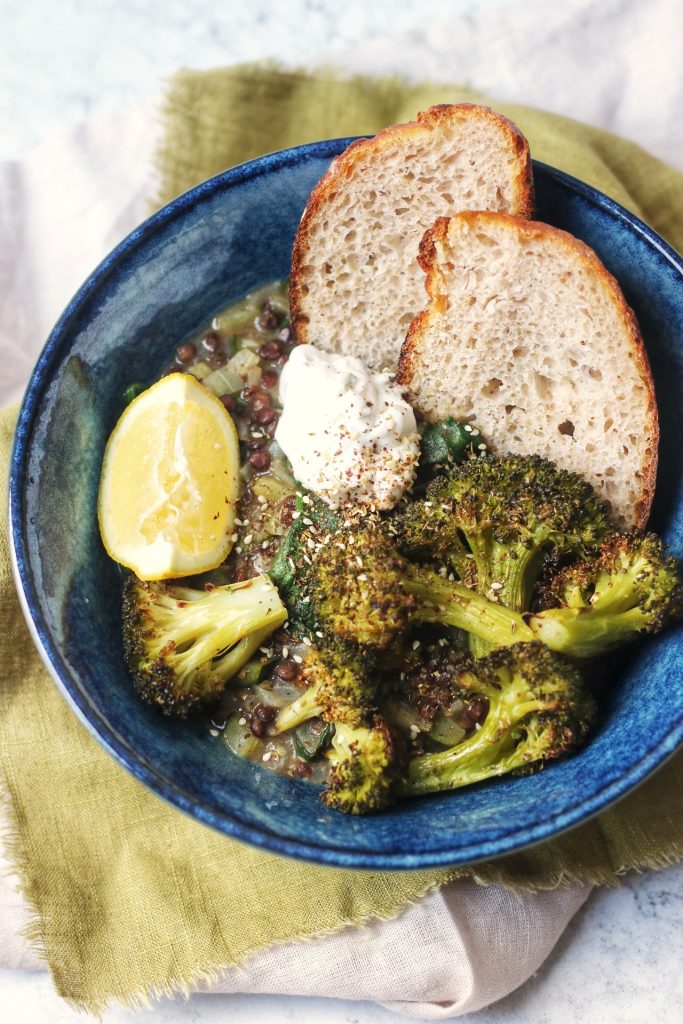

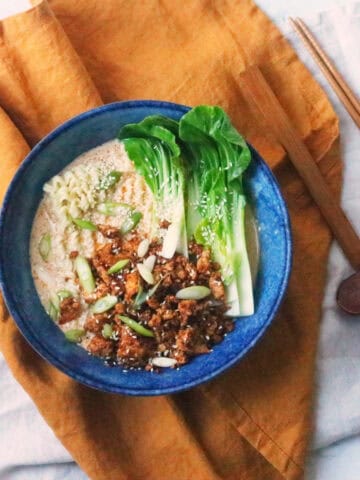
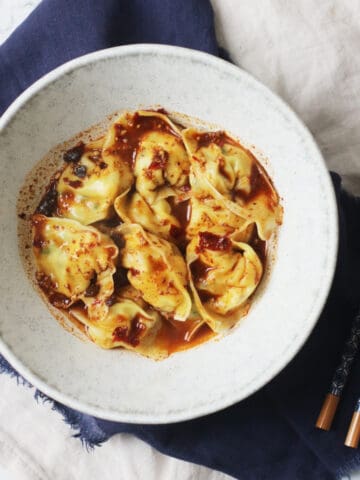

Joy says
I will give your recipe a go - and try it out on my Greek Cypriot husband! 😉
efwalt says
Joy please do!
I can't guarantee its authenticity but we love it. Hopefully I've achieved a tasty dish with a lot less calories.
Emma
Joy says
He may well be critical - noone cooks Greek food like his Mum - but he does need to lose some weight!
efwalt says
Haha! I have the same issue with my partner (Mum's cooking is always best.)
I hope he enjoys it nonetheless 🙂
Emma